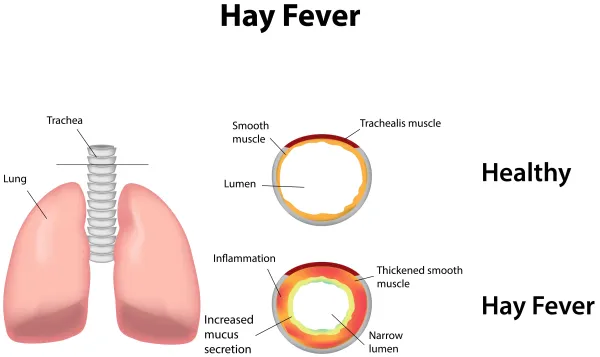ICD 10 Coding Alert
Neurology Spotlight:
Don't Let This Single Diagnosis Code Muddy Your Selection
Published on Wed Dec 04, 2019

You’ve reached your limit of free articles. Already a subscriber? Log in.
Not a subscriber? Subscribe today to continue reading this article. Plus, you’ll get:
- Simple explanations of current healthcare regulations and payer programs
- Real-world reporting scenarios solved by our expert coders
- Industry news, such as MAC and RAC activities, the OIG Work Plan, and CERT reports
- Instant access to every article ever published in Revenue Cycle Insider
- 6 annual AAPC-approved CEUs
- The latest updates for CPT®, ICD-10-CM, HCPCS Level II, NCCI edits, modifiers, compliance, technology, practice management, and more
Related Articles
Other Articles in this issue of
ICD 10 Coding Alert
- Neurology Spotlight:
Don't Let This Single Diagnosis Code Muddy Your Selection
Use this multiple sclerosis primer to perfect your MS coding. Coding a multiple sclerosis (MS) [...] - Gynecology Study:
Steer Clear of This Gynecology Pitfall
Despite ‘endometrial thickening,’ hyperplasia diagnosis may not apply. Your ob-gyn provider suspects hyperplasia and documents [...] - Ophthalmology and Optometry Coding:
Find Your Way Around These Eye Diagnoses
Evaluate your knowledge of these rarer diagnoses. Even if you see only some diagnoses more [...] - Coding Quizzer:
Test Your Brain Tumor Coding Knowledge
Top tip: Look to anatomical location. Even though brain tumor ICD-10 coding may seem simple, [...] - Answer Key:
Check Your Brain Tumor ICD-10 Knowledge Here
Bring your brain tumor coding expertise to the next level. Compare your answers with the [...] - You Be the Coder:
See Which Code is Unnecessary with this Dx Combo
Question: A private payer has denied our claim for a level-three new patient evaluation and [...] - Reader Question:
Utilize These AFib Codes
Question: Did ICD-10 2020 add any new codes for atrial fibrillation? If so, what are [...] - Reader Question:
Wait for this Report Before Coding
Question: The op note states that a patient undergoing a lumpectomy has a history of [...] - Reader Question:
Look to This Code for Olfactory Nerve Neoplasm
Question: The physician documents that the patient has a malignant neoplasm of her right olfactory [...] - Reader Question:
Use Z Codes in This Situation
Question: Our insurer is now rejecting claims if they see tertiary diagnoses mentioned in the [...]
View All




